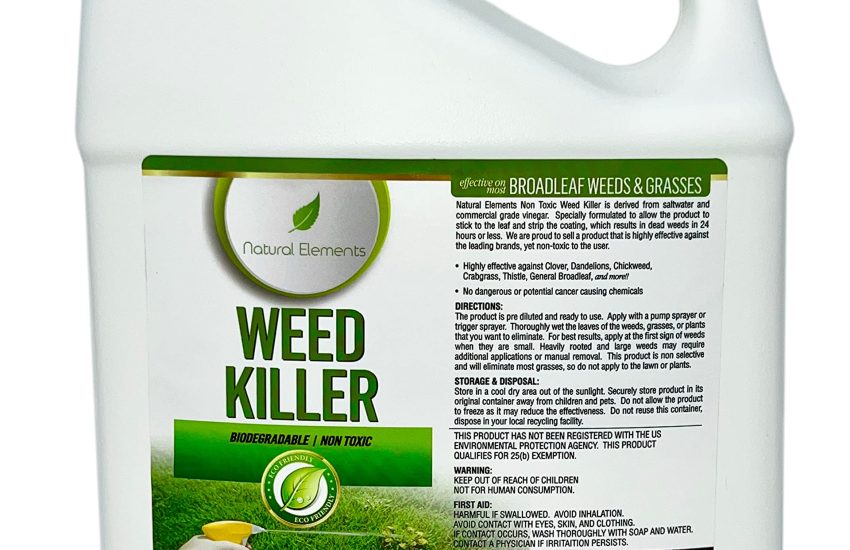Top 5 Advanced Commercial Grow Light for Native Plant Farms to Maximize Growth and Efficiency
We independently select all products and services. If you click through links we provide, Plant Native may earn a commission with no extra cost to you.
Commercial grow lights really matter for native plant farms. They provide artificial light when sunlight just doesn’t cut it.
These lights try to mimic the sun’s spectrum, encouraging photosynthesis, healthier plants, and, ideally, bigger yields. For growers working with native species, getting the light spectrum and intensity right can make all the difference.
Native plants often have light needs tied to their natural habitats, so the stakes are a bit higher. Advanced commercial models stand out with adjustable spectrums, energy efficiency, and even coverage.
Those features help growers dial in what their crops need, stage by stage. It’s not just about blasting plants with light; it’s about matching what they’d get in the wild.
When picking a grow light, we look at spectrum accuracy, power use, heat output, and coverage area. Durability and how easy it is to install also matter, especially for bigger operations.
We tried out a bunch of advanced commercial grow lights to see which ones fit native plant farms best.
Top 5 Advanced Commercial Grow Lights for Native Plant Farms
We handpicked these top grow lights because they’re built for commercial native plant farming. Each one blends efficiency, durability, and some pretty cool tech to help plants thrive.
Our list covers options for all kinds of farming setups.
Spider Farmer SF4000
This grow light gives you dependable, efficient full spectrum lighting. It’s great for native plant farms that value quality and solid yields.
Pros
- Runs quietly with no fan noise
- Dimmable for flexible light control
- Solid build, thanks to Samsung diodes
Cons
- Warranty can be a hassle after the first month
- Its size might be awkward in tight spaces
- You’ll pay more upfront than for budget lights
When we fired up the Spider Farmer SF4000, its silence was the first thing we noticed. No fan whirring in the background—just plants doing their thing.
The full spectrum light reaches down to lower leaves and roots, helping us spot steady growth throughout the canopy. Adjusting intensity with the dimming knob is easy, which is great as plants move from seedling to flowering.
It feels sturdy, with a thick aluminum sink and tough cables. You’ll need to plan for its size, though, or you’ll run out of room fast.
The warranty process is a little clunky after 30 days, so hang onto your paperwork. Still, if you want efficiency and durability, this light delivers.
VIPARSPECTRA P4000 LED Grow Light
This one’s a smart pick for commercial native plant farms that want energy savings and adjustable brightness.
Pros
- Dimmable for custom light levels
- Full spectrum mimics sunlight pretty well
- Quiet, and stays cool with good heat management
Cons
- Gets warm at highest setting
- A bit bulky for smaller spots
- Height setup takes some fiddling
The dimmer is a real asset, letting us cut energy use while keeping plants happy from seedling to bloom. We saw sturdy, compact growth—not the weak, leggy stuff you sometimes get.
The spectrum includes strong red and a couple shades of white, which seemed to encourage healthy, vibrant foliage. Plants looked solid and well-formed.
It stays quiet, but crank it up and the unit does heat up, so you’ll want to watch placement. Setup was simple enough, but its size means it fits best in rooms with some elbow room.
For our greenhouse, the VIPARSPECTRA P4000 struck a nice balance between power and price.
AGLEX M600 Grow Light
This grow light covers a lot of ground and gives consistent full-spectrum light. It’s a strong pick for our native plant farm.
Pros
- Very bright, yet efficient
- Daisy-chaining makes controlling multiple units easier
- Foldable design speeds up installation
Cons
- Some users report driver failures over time
- Heavier than other models
- Daisy chain dimming requires a little know-how
The M600’s light bars throw out uniform light over a 5x5ft area, so we saw even growth from edge to edge. The mix of UV, IR, and full-spectrum LEDs felt close to sunlight, which our seedlings and flowering plants seemed to appreciate.
We liked the daisy chain feature—it let us control several lights from one dimmer, making scaling up way less stressful. The aluminum build helps with cooling, but the weight means you’ll want to plan your setup.
A few units had driver issues after long use, but customer service responded quickly when we reached out. For medium or large farms, this light makes sense if you want a balance of cost and performance.
BAYLABS 720W LED Grow Light
This one’s flexible and straightforward, making it a good fit for native plant farms that want solid results without a headache.
Pros
- Foldable, so it’s easy to move and store
- Efficient for fast growth at any stage
- Dimmable and can daisy-chain up to 100 units
Cons
- Heavier, so you’ll need sturdy hangers
- Uses older diodes than some pricier lights
- Not as many users, so long-term durability is a question
The BAYLABS 720W folds flat, which made installation and storage a breeze for us. Its fanless cooling kept things running quietly, and we didn’t have to worry about overheating.
Five dimmer levels let us tweak light as plants matured. Connecting lots of units was simple, and we didn’t have to mess with complicated wiring.
Plants responded well to the full spectrum, especially the boosted red and far-red LEDs for photosynthesis and structure. Even though it doesn’t have the very latest diodes, it still gave us steady growth and decent yields.
If you want something reliable and easy to use, this one’s worth a look.
AC Infinity IONFRAME EVO6
This grow light brings reliable output and smart controls. It’s a good choice for native plant farms that want efficiency and even growth.
Pros
- Lets you schedule and adjust brightness for any growth stage
- Spreads light well, avoiding hotspots
- Sturdy build with a removable driver for better cooling
Cons
- Bulkier and heavier, so you’ll need strong mounts
- Controller setup can be confusing at first
- Pricey for smaller growers
We saw this light fill a 4×4 area with no dark spots, which is honestly impressive. The Samsung LM301H EVO diodes deliver a bright, full spectrum, and our plants grew strong and even.
Passive cooling keeps it from overheating, which is a big deal during long grow cycles. The scheduling feature with sunrise and sunset dimming let us automate daily light changes—no need for manual tweaks.
WiFi compatibility is handy for managing several units. Setting up the controller took a couple of tries, but once it’s running, it’s smooth sailing.
You’ll want to mount it securely because of the weight, but the solid aluminum frame feels like it’ll last. For commercial farms, it gives you control and quality, even if it’s a bit of an investment.
Buying Guide
When you’re picking out grow lights for native plant farms, there are a handful of features that really matter. We want to boost growth, sure, but not at the cost of a sky-high energy bill.
The light spectrum stands out as crucial—different native plants, and even their various growth stages, all crave different wavelengths. Adjustable spectrums come in handy, letting us tweak the setup for seedlings, vegetative growth, and flowering phases.
Intensity and coverage area? Can’t skip those. If the light doesn’t actually reach the plants, what’s the point?
Energy use sits high on the priority list. We’re after lights that crank out high PAR (Photosynthetically Active Radiation) but won’t leave us wincing at the electric bill.
Durability and heat management matter more than you’d think. Cooler-running lights help protect both your plants and the lights themselves.
| Feature | Why It Matters | What to Look For |
|---|---|---|
| Spectrum | Supports different growth stages | Adjustable, full spectrum |
| Light Intensity | Affects plant photosynthesis | High PAR output, uniform coverage |
| Energy Efficiency | Controls operating costs | Low wattage, high lumens/watt |
| Heat Management | Prevents plant and unit damage | Built-in cooling, low heat output |
| Durability | Ensures long-term use | Waterproof, dustproof design |
We also think about size and whether the lights will actually fit into your existing setup. Look for units that match your space, mounting options, and power supplies.
User-friendly controls—timers, dimmers, that sort of thing—make life easier. Automation features can really save time and headaches.







